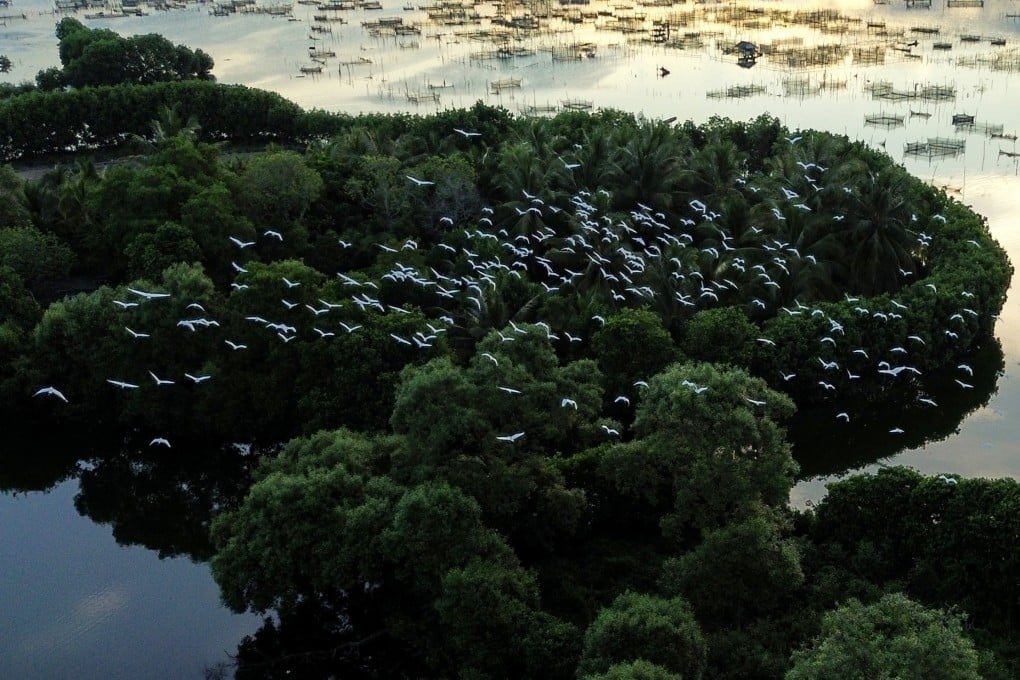Advertisement
Opinion | Save Southeast Asia’s mangrove forests or risk environmental devastation
- Continued urbanisation and economic development are destroying the region’s mangrove forests, threatening the livelihoods of millions and the very future of coastal areas, including major urban centres
Reading Time:3 minutes
Why you can trust SCMP
1

In 2020, mangrove forests spanned an extensive area of more than 145,000 sq km worldwide. Southeast Asia, extending from the Andaman Sea to the Timor Sea, boasts the largest share of these forests, encompassing an estimated 32 per cent of the total.
Notably, Indonesia stands out within Southeast Asian, containing about 20 per cent of the world’s mangrove forests. Conversely, neighbouring nations such as Malaysia and Myanmar account for comparatively little of the global mangrove area.
There has been a dramatic decline in these forests in the region over the past three decades. According to a 2020 Food and Agriculture Organization report, deforestation has persisted, with hundreds of thousands of hectares cleared to make way for aquaculture, rice cultivation, palm oil and rubber plantations.
Myanmar has experienced a significant loss of its national mangrove forests, primarily due to the expansion of the rice, palm oil and rubber plantation sectors in recent decades. Similarly, in Indonesia and Thailand, mangrove forests have undergone substantial degradation, largely because of the growth of aquaculture, which has altered the natural landscape and disturbed the hydrological system, inducing pollution and algal blooms.
Furthermore, illicit logging of mangrove forests for fuel and construction material has led to the depletion of coverage along the eastern coast of Sumatra in Indonesia.
The destruction of these mangrove forests has a cumulative effect, resulting in a cycle of ecological catastrophe and socioeconomic vulnerability within Southeast Asia. One example of this can be seen in the densely populated Irrawaddy Delta, close to Yangon, Myanmar’s leading urban centre.
Advertisement

